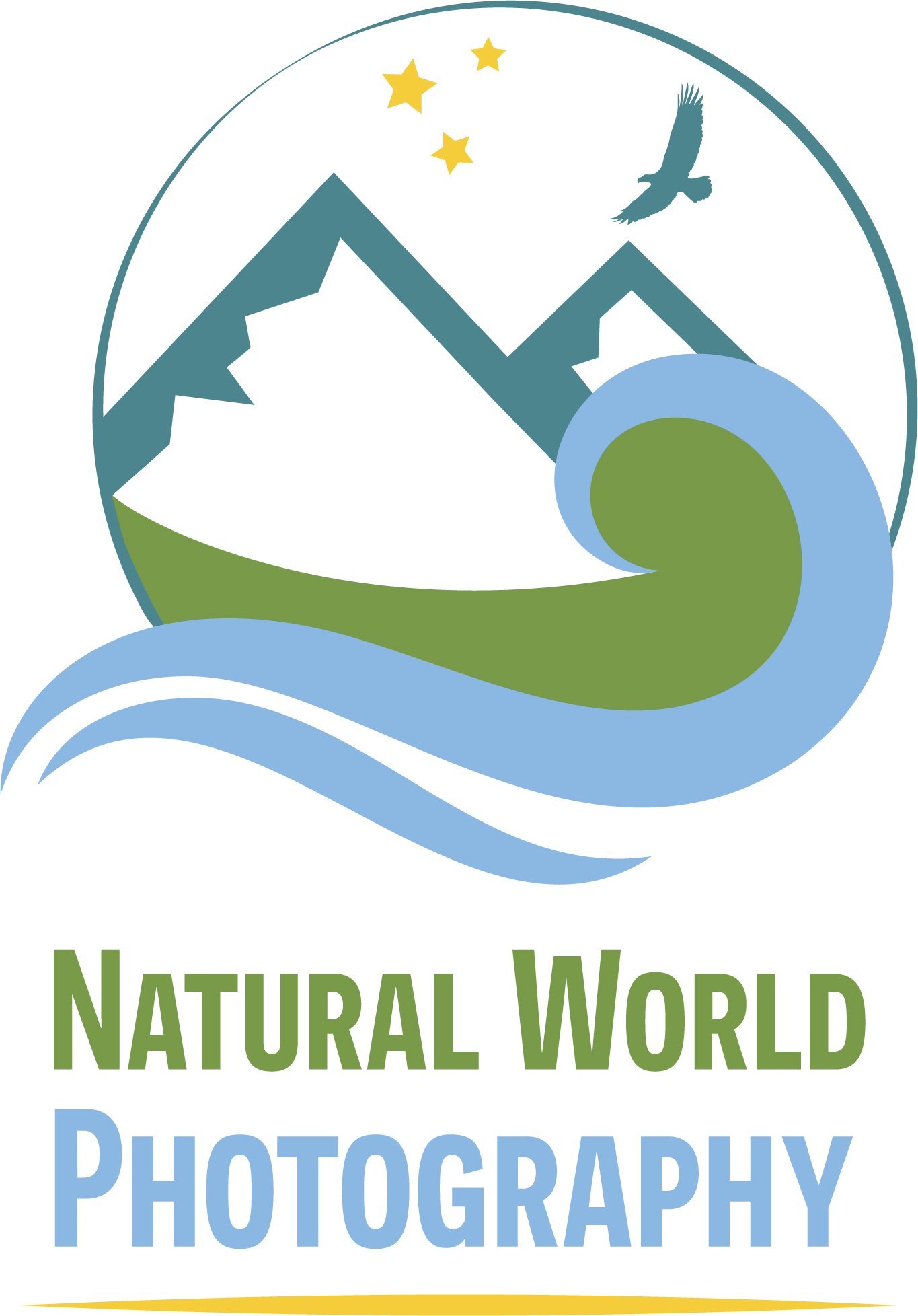






MILKY WAY AND LA PALMA PHOTOGRAPHY TOUR
Discover the magic of the night sky in La Palma, a designated Starlight Reserve within the Canary Islands. Renowned as the best place in Europe for photographing the Milky Way in crystal clear skies, the island has superb mountain viewpoints and dramatic foregrounds. With expert tuition from two experienced leaders, you will have the opportunity to capture the galactic core high above the horizon, the whole arch of the Milky Way across the sky and learn how to get the most out of your images with effective processing.
Discover the magic of the night sky on our new landscape astrophotography tour in La Palma, a breathtaking island renowned as a designated Starlight Reserve.
With little humidity, low cloud cover, minimal light pollution and a commitment to preserving its dark sky status, La Palma has some of the most dazzling skies in Europe. Because of this, the island is home to the Roque de los Muchachos Observatory, the second largest astronomical observatory in the Northern Hemisphere. This unique combination of factors makes La Palma an ideal location for capturing stunning celestial images; truly an astrophotographer’s dream. Thanks to the southerly latitude of La Palma (29 degrees North), the Milky Way core rises much higher in the sky than in Britain and there are seven hours of darkness in midsummer to photograph it. We will explore a diverse range of breathtaking foregrounds and witness the Milky Way rise in its full splendour, with the core perfectly positioned in the night sky.
A particular aim of this tour is enabling you to capture the whole arch of the Milky Way from north to south as it rises across the eastern half of the sky. This requires stitching together a wide panorama of overlapping, stacked images, so it is technically more complex and cannot be achieved on most group tours. For this purpose our group will be divided on four nights, with two participants doing the arch with one leader whilst the other six concentrate on the Milky Way core with the other leader. By the end of the tour, all participants will have had an opportunity to capture the whole Milky Way arch.
Complete with daily classroom sessions, this tour will provide you with everything you will need to capture and process exceptional images of the beautiful night sky. This tour will take place in June 2026 when the Moon is out of the sky. This is the ideal time of year, with the Milky Way core visible throughout seven hours of astronomical darkness each night. We expect to be out from roughly 6pm to 4am each night, then retuning to our hotel to sleep until mid-morning. Field excursions will include sunset locations in the mountains or on the coast, before moving on to our astrophotography viewpoints as darkness falls.
Our indoor tutorials will cover image processing, giving a practical demonstration of how to get the best out of the images captured on the course. Stacking Milky Way images will be covered in detail. It is recommended to bring your own laptop with Lightroom and Photoshop loaded in order to do your own processing during the course, with expert guidance. As well as the Milky Way, we will cover topics such as star trails, selecting and illuminating foregrounds, exposure at night, focusing at night and stacking images to maximise detail and reduce noise.
La Palma enjoys clear skies on around 75% of days in June, plus partly clear skies on another 15%. An interesting feature of the night-time climate is the frequency of temperature inversions trapping cloud near sea level, whilst high elevations remain clear. We will be doing most of our astrophotography in mountainous locations, where these cloud inversions create spectacular foregrounds. In the event of cloudy nights we will do light painting, which can produce some very interesting images.
A good level of fitness will help you to get the most out of this experience. In order to participate in all the field trips during this workshop, you need to be comfortable walking on tracks and footpaths, some of which may be steep, in the dark to reach shooting positions during a photography schedule that lasts from roughly 6pm to 4am each night. You will need to be familiar with operating your camera in manual exposure mode.
Group Size: Maximum of eight participants, with two leaders highly experienced in astrophotography: Robert Harvey and Abby Moule.
Recommended photographic equipment:
Digital single lens reflex or mirrorless camera capable of producing acceptable quality images at ISO 3200 or 6400
Wide angle lens (in the range 14 to 24mm focal length) with a maximum aperture of at least F/2 or F/2.8 for astrophotography
Other lenses ranging from wide angle (ideally 16mm on full frame) to short telephoto (200mm+) for day-time photography
Sturdy tripod (essential)
Lockable remote cable release
Head torch and hand torch
Warm clothes and sturdy walking boots (essential)
Provisional dates: 11 to 18 June 2026
Timings to be confirmed.
Seven day tour, cost to be advised. Please register interest now to receive details as soon as the tour is finalised (by July 2025). Those who register interest will get the first opportunity to book.
Included: Accommodation, breakfast (11am) and evening meal (5pm), travel from La Palma airport, guiding and comprehensive tuition.
Excluded: Lunches (if required), drinks, travel to and from La Palma.
